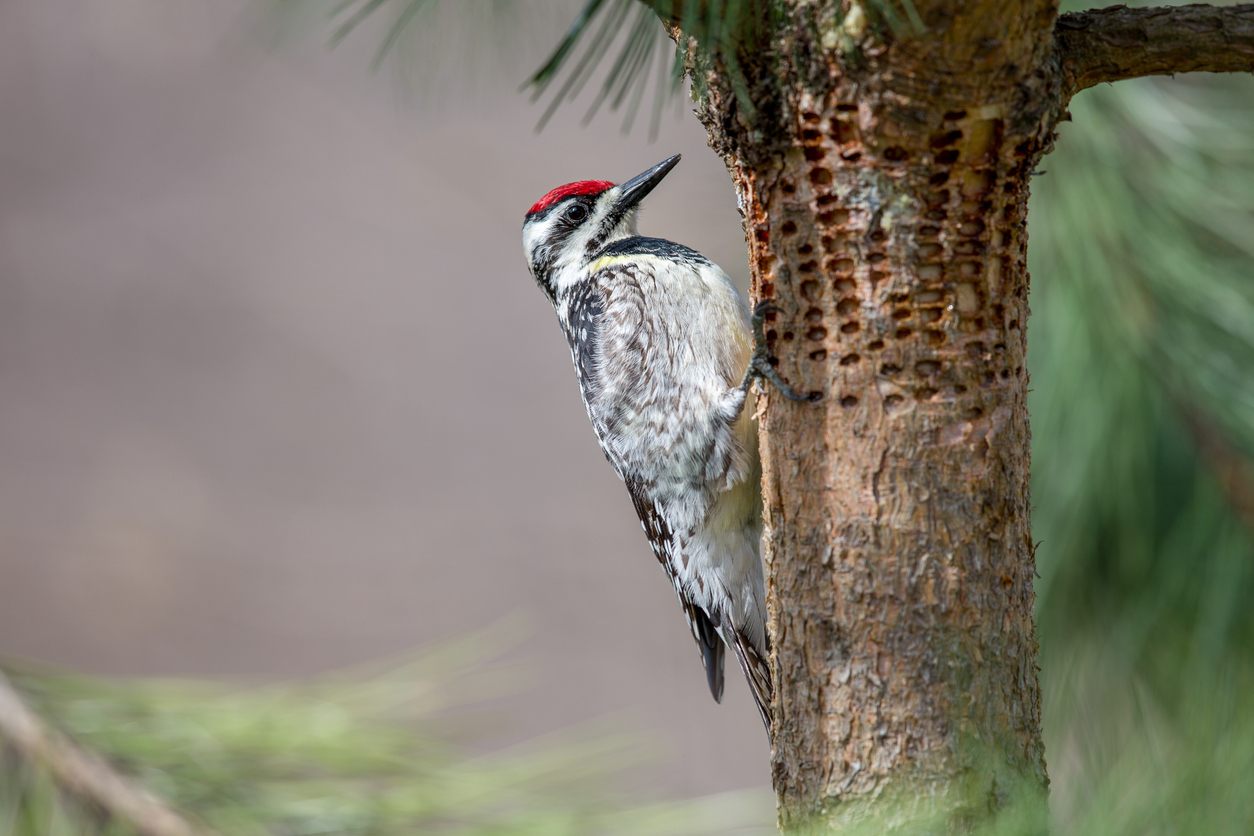The Consequences of a Wood Pecker
In my front yard, close to the house, there was an ornamental tree about eighteen inches in circumference and thirty feet high. The branches and leaves served to shield the house from the street and provide shade to the roof.
One day I found the tree lying on the ground. I was pretty sure that I had not cut the tree with a chainsaw while sleepwalking, so I inspected the trunk at the location where it had splintered into pieces.
In many places along the trunk I found horizontal rows of holes in the bark and outer layer of wood, each about 1/4" in diameter, with the holes forming a complete ring around the trunk.
From the bottom of the trunk to a height of about ten feet, there were rows and rows of holes, spaced particularly closely at the place where the trunk broke.
I learned that each hole was made by a woodpecker looking for sap or insects, and that a few holes cause minimal or no damage to the tree.
But if the holes are sufficiently close together, they disrupt the entire circumference of the phloem and xylem. These two layers transport sugars (energy) from the leaves to support the roots, and also transport water and other nutrients from the roots to the leaves. Without this vital flow, the tree dies. A devastating consequence.
Consequences of a Pattern of Unloving Choices
As parents, rarely is there a single choice we make that cripples a child, but if there is a consistent pattern of unloving choices on our part, the consequences of the emotional effect on a child is devastating.
As we eliminate our single unloving acts and replace them with loving and teaching, we can create a flow that nourishes our children and allows them to flourish.


